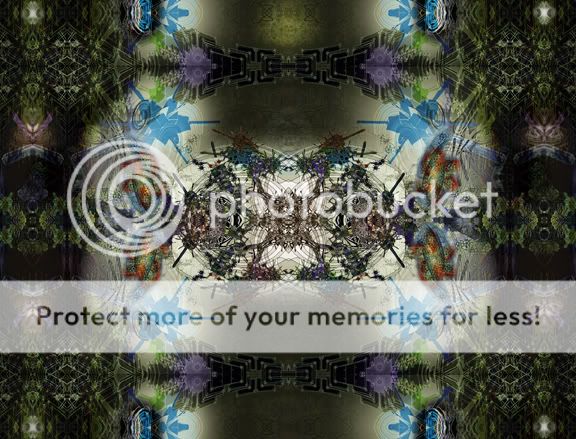
Joseph Nicéphore Niépce, View from the Window at Le Gras, 1826
the first permanent photograph
It is a holistic world today, but we are mostly unaware of making decisions without deconstruction. New relationships among physical science, biology, mathematics, physics, free will, determinism, and the character of intelligence have emerged. Jettisoning the past century’s obsessive categorization might never become conscious, but the functions of culture are changing. Organic, fluid corporate planning is catching up with American employment’s ever-shrinking job security and rapid career changes. Social networking allows for differentiation of mutualistic relationships, for once taking a bite out of cronyism and corruption. All in all, we should be more prepared for economic instability than we would have been five years ago. Plugged-in people may make more hay than the baby boomers relying on old networks, but only time will tell if any of us get to retire before we’re 85.

the first photograph ever- of a painting, 1825
As organic systems demonstrate the irreducibility of complexity and chaos theories, things are going to change rapidly. We won’t have computers in our homes in just a few years- their power transferred to handheld electronics. Old age facilities will utterly fail in their ability to care, reforming along social networking lines. Art will be completely redefined, ephemeral and populist. Immersion is the holistic response to objecthood, and even an object can be immersive and fascinating when included in an easily googleable network of contexts. As Google develops its own meta-regulatory systems, alerting the government to spikes in “flu” searches and selling satellite photographs across the world, even that revolution (that put one on a conversational basis with the internet) will be codified and eventually obsolete.
Frank Olson, Net of Indira, 2008
I hope that an exhibition of technologically complex artwork can demonstrate how our views are changing in the 21st century. Artists and scientists have always advanced each others’ agendas- notably in the concurrent inventions of the photograph in 1839 by English scientist Fox Talbot and French artist Louis Daguerre. Mike Field + Frank Olson have made new technological processes work aesthetically, at a time when art is open to new veins of inspiration. Mike Field is a professor of mathematics at the University of Houston. This American/English/Australian artist constructs his own Linux computers and software to manipulate complex visual equations and construct aesthetic variables. Frank Olson is a pseudonymous artist intensely interested in the 20th century development of the study of consciousness, especially the work of Terence McKenna, Ramana Maharshi and Ram Das.
Mike Field, Neural Net, 2002
This December 13th at the joanna Gallery (4014 Graustark) join the American Wandering Club for an experimental exhibit between art and science. Coming from radically different philosophies, both artists have advanced fractal computer-based art by applying aestheticism and shamanism to an impersonal medium. Their surreal landscapes and textural abstractions hum with energy, echoing the building blocks of science and the structures of microscopic organisms. Field and Olson both exude passion through color, form and composition in much the same way that early Modernists like Wassily Kandinsky explored emotion through abstraction. Kandinsky’s abstractions look terribly related to biological diagrams, DNA structures and celestial formations that give them dual meanings as both emotional explorations and science-fiction. Appropriately our contemporary art may be simply an unconscious advance on a future reality, proving perhaps for once and all that constructing the world is a human endeavor, not an absolute.




